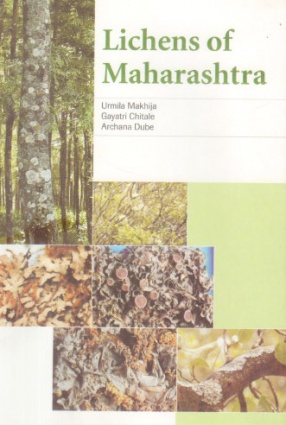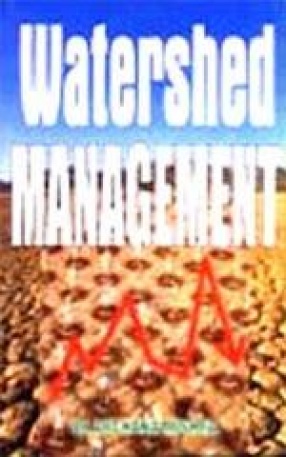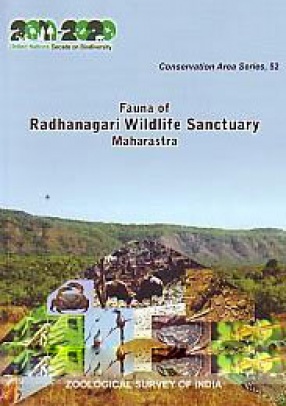Subtotal: $21.60
Lichens of Maharashtra
In stock
Lichens are nature’s most fascinating and remarkable alliances and the first recognized symbionts, combining the growth of fungi and algae in an intimate biological union. Such an association, morphologically appearing and physiologically behaving as a single autonomous unit, producing useful unique secondary metabolites, has enabled them to survive in marginal environments and protect them from other microorganisms.
From the botanical point of view the Western Ghats have a special position in the Indian subcontinent for their interesting flora and is one of the richest lichen sites of India. Although, over the past few decades there has been a significant increase in interest and appreciation of the lichen flora of India with localized studies of lichen biodiversity, as well as several intensive field investigations, many parts are still inadequately explored for lichens and many species remain undescribed. No detailed account of lichens from the Western Ghats of India is available. Therefore, it has been decided to document the diversity of lichens from the Western Ghats one by one in the states of Maharashtra, Karnataka, Tamil Nadu and Kerala. There has never been a comprehensive treatment of the lichens of Maharashtra. Several species have been described in scattered publications of Indian lichens including monographic accounts.
In this background the present treatment of lichens of Maharashtra with special reference to the Western Ghats is the outcome of exhaustive studies of over 5000 lichen specimens, collected from various parts of Maharashtra state.
The includes a brief introduction and detailed review of the literature, materials and methods geographical extent topography climate forest types and predominating lichens in Maharashtra, location of lichen hot spots keys for the identification of genera and species followed by a taxonomic account of 288 species in 68 genera of lichens so far recorded from this area. Lichen genera and species have been arranged in alphabetic order. Name of species is followed by the citation and basionym, description of species with chemistry, habitat distribution in India and world the features and relationships. More than 400 illustrations and a glossary will enable the user of the book to identify the taxa more easily.
Contents: 1. Introduction. 2. Identification keys. 3. Taxonomic treatment: macrolichens. 4. Taxonomic treatment: microlichens. References. Glossary. Index of lichen taxa.

 Industrialisation and Indian Village
Industrialisation and Indian Village 



There are no reviews yet.